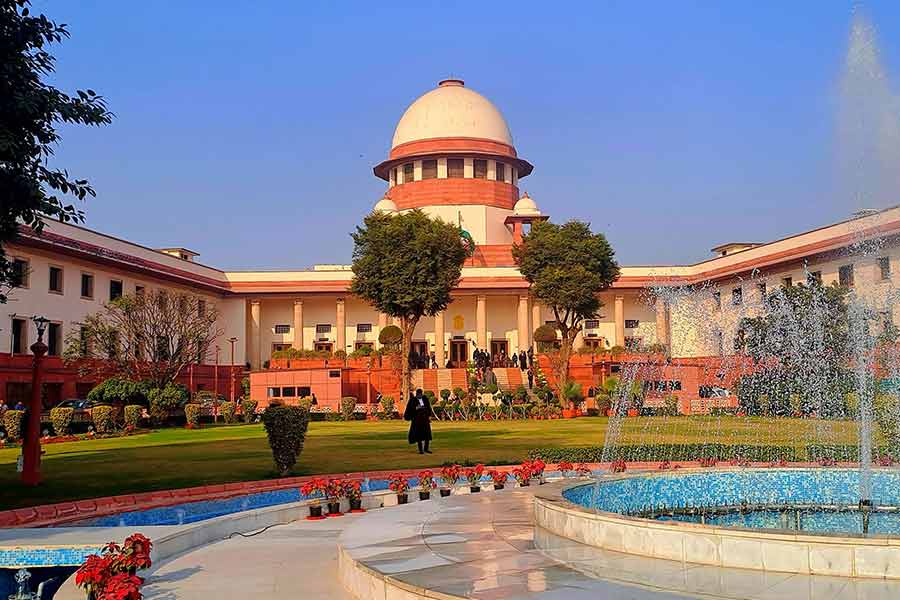|
|
| Trial by fire |
Year after year, we hear about someone somewhere in India being hounded, beaten, tortured or killed — because she’s been accused of being a witch. Naming, hounding and punishing witches involve acts ranging from the humiliating to the brutal. The alleged witch may be stripped and paraded naked in public. She may be tonsured. Her face may be blackened. She may be forced to eat shit. She may be beaten. She may be slashed with knives or other sharp instruments. She may be burnt. Or she may be buried alive.
I use ‘she’ and ‘her’ because most witch-hunts seem to be directed at women.
We hear about these women-turned-witches through the print, television or online media. Foreign news services pick up such news items with enthusiasm, and the reports often exude a whiff of Orientalist horror and fascination. Our own media reports, and the reactions of the middle-class consumers of these reports, are not all that different. The Indian middle class loves to divide the world into the ‘educated’ and the ‘uneducated’, or us and them. So what can another witch-hunt mean but one more instance of tribal or village backwardness? Perhaps these ‘educated’ beings worry: if this sort of a ‘medieval practice’ recurs with monotonous regularity, what will happen to our date with the global powers? Backwardness, ignorance, most of all, superstition — these are the easiest assumptions to fall back on.
That superstition is a vital ingredient in these incidents is undeniable. There is superstition, though it thrives in both city and village, and across caste, tribe and class. And the more helpless and marginalized people are, the more vulnerable they are to manipulation by those who use superstition, power and religion. People leading lives of deprivation need to feel there’s a solution to their problems; they need to feel they can do something. The cruel irony is that their hopelessness can be exploited. They can be encouraged to believe that the misery of their lives — a bad crop, a dry well, an illness or a death in the family — can be relieved by identifying the witch responsible for their misery and by punishing her.
But just beneath the easily identifiable surface of superstition lie other motives explaining the accusation of witchcraft. Women’s organizations, activists and researchers have produced considerable evidence of these other motives. They have shown that property and power — various manifestations of a power tussle — sum up the real reasons for a witch-hunt.
In a substantial number of reported cases, witch-hunting aims to rob the woman of her property. Those who seek to rob the woman may be her own family. But in situations where the woman is unprotected — if she is a widow or a single woman, for instance — there’s no shortage of people eyeing her land. Whether the witch-hunters (or property-hunters) are family members or not, they tend to use the services of the ojhas or ‘witch-doctors’. In many rural communities with limited or no access to health care, these ojhas can be powerful figures. Police investigation has found, in many cases, that the local ojha has accepted a bribe to name a woman as a witch.
And these ojhas are, often, women.
Consider the story of Khemi Balia from a village near Bhilwara. She owned an acre of farmland, her only source of livelihood. Her own family branded her a witch, and incited villagers to join them in building a pyre to burn Khemi. Khemi escaped a fiery death by running away; but getting ‘witches’ like Khemi to run away is also an effective way to drive a woman from her land.
Khemi is an individual victim; but there are property-motivated cases where entire families — often Dalit or tribal families — are accused of witchcraft to help the upper castes grab their land. Sometimes, whole families are declared witches and eliminated. In other cases, individual financial disputes can be the reason for witch-naming.
The deep fear of witches is, evidently, most commonly whipped up to grab a woman’s land, settle financial disputes or old family scores. But making a witch of a woman can also be a ploy to punish her for turning down sexual advances. Or the witch label can be used against women as a general weapon of control.
One easy way to break a strong woman is to call her a witch and punish her. Lata Sahu, a Dalit woman in Raipur, Madhya Pradesh, contested the polls against the wishes of landowning castes. She was condemned as a witch, stripped and beaten. Subhadra in the Goalpara district of Assam challenged the obscurantist practices of the local ojhas; she also compounded her ‘crime’ by seeking a share of her dead father’s property. Her stepbrother and the ojhas got together, found three sick village children, and claimed someone had cast a spell on them. Subhadra was then declared a witch by a female witch-doctor.
The perception of what constitutes a ‘strong’ female, or ‘a female challenge’ could be less obvious than in the cases of Lata and Subhadra. Kalo Devi of a village in Jharkhand repeatedly asked her neighbour not to graze his cattle on her land. In response, he branded Kalo a witch, accusing her of causing the death of his newborn baby. The important point is that there were no men in Kalo’s house; she was an easy target for the neighbour. And although the neighbour was arrested and charged, he was granted bail. With no police protection, Kalo felt she had no choice but to abandon her home and land, and she moved in with her daughter who lived 20 kilometres away.
The chastisement reserved for individual women can be scaled up, and generalized to an entire caste or class. Identifying Dalit women as witches helps preserve caste structures or maintain upper-caste hegemony. And as is often the case, the instrument used to name the witch may herself be a member of the victim’s caste. Witch-branding is also a useful tool for political lobbies that use the obscurantist ojhas to influence the community — since these lobbies have their own contemporary brand of obscurantism to push. The usual suspect provides the best illustration. In Gujarat, the witch-doctors in the adivasi community are ardently wooed by Hindutva organizations. The irony here is that these same ojhas are encouraged to introduce Hindu rituals among the adivasis — so that glorifying sati and witch-hunting can live happily together.
It’s in such a context that witch-hunting appears to have increased, not decreased, as the country aspires to become a ‘global player’.
The conventional reaction of branding witch-hunts an adivasi or Dalit problem, or a problem of ‘backwardness’, persists despite the apparent links between the appearance of witch-hunting in adivasi communities and the colonial ‘civilizing’ project. But even without such historical backing on the origin of witch-hunting, contemporary evidence — the continuing incidents, possibly the increasing number of incidents — suggests that the practice is propped up by powers and structures located outside the communities in which they occur. And the victims of witch-hunting are by no means only adivasi or tribal — any poor and powerless woman is potential witch material today.











